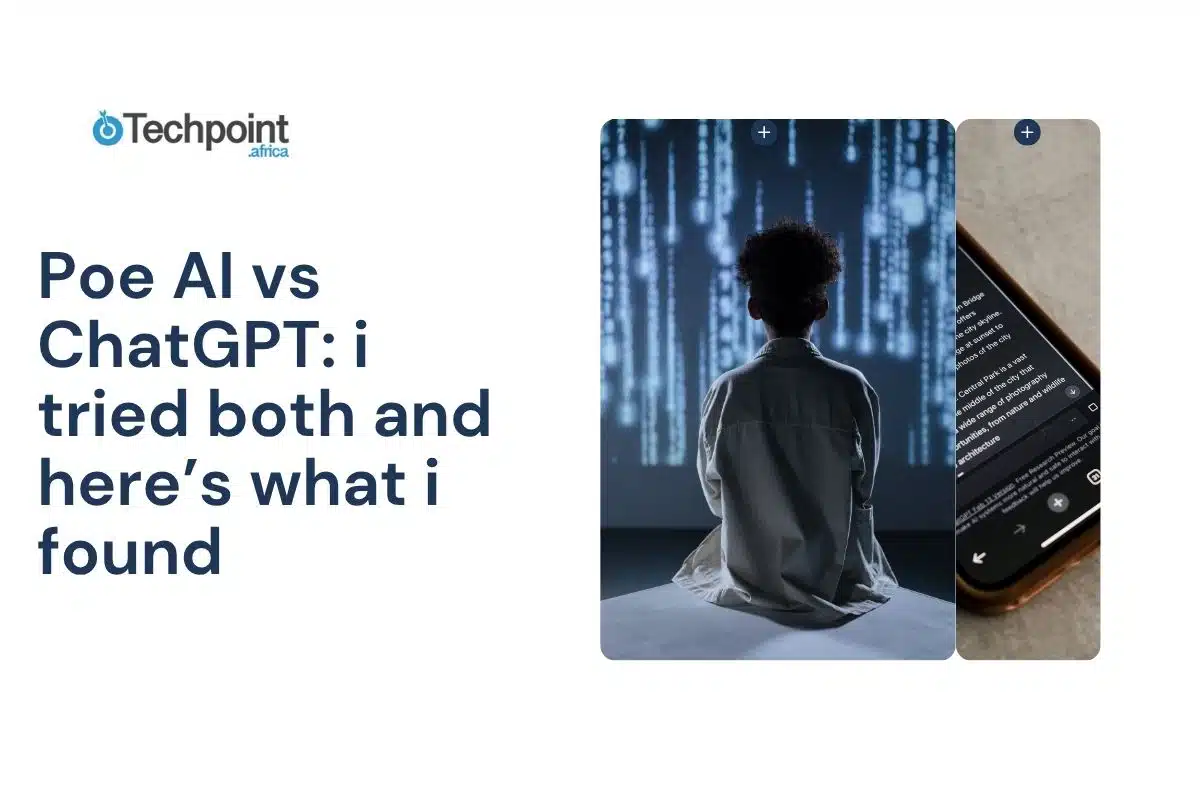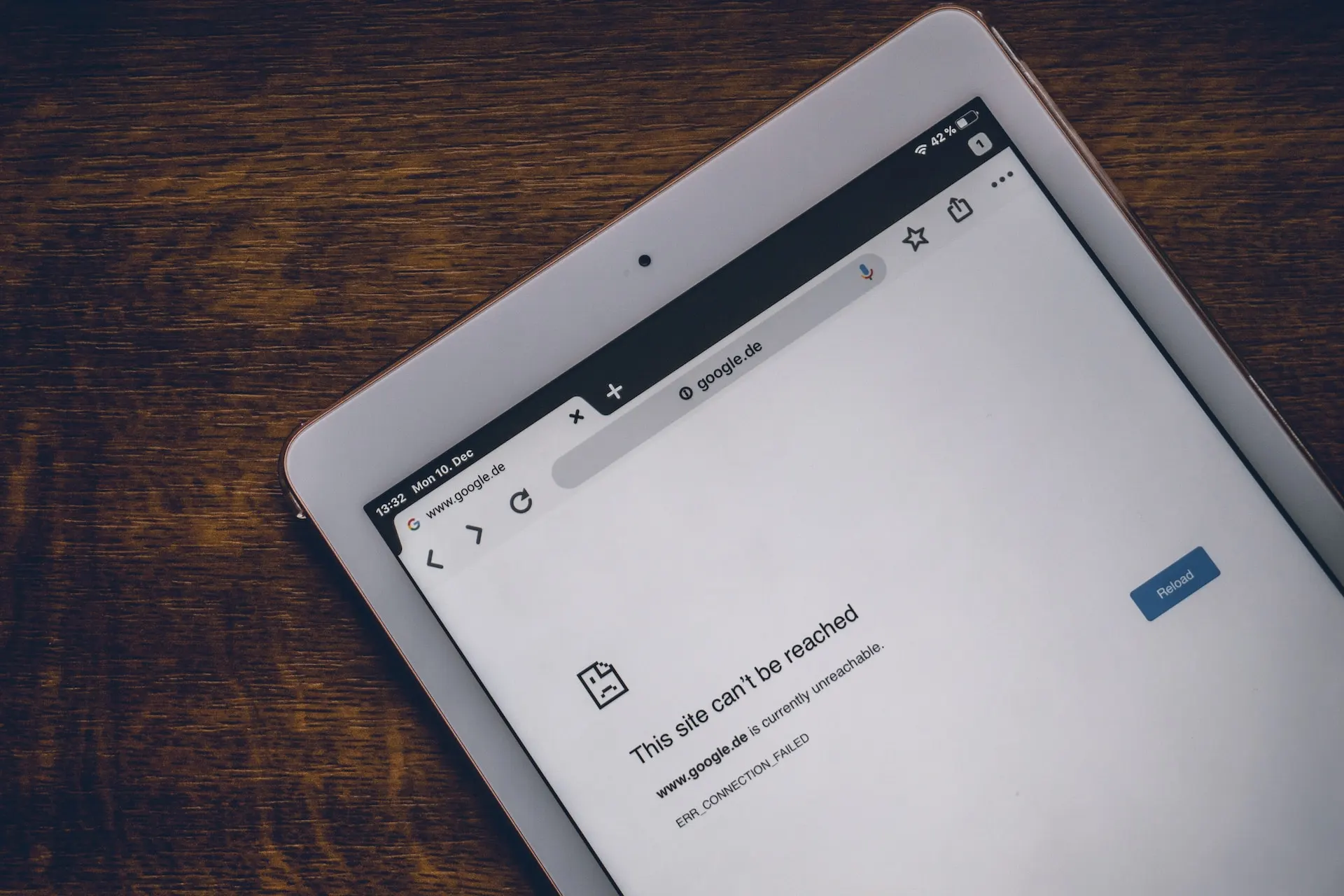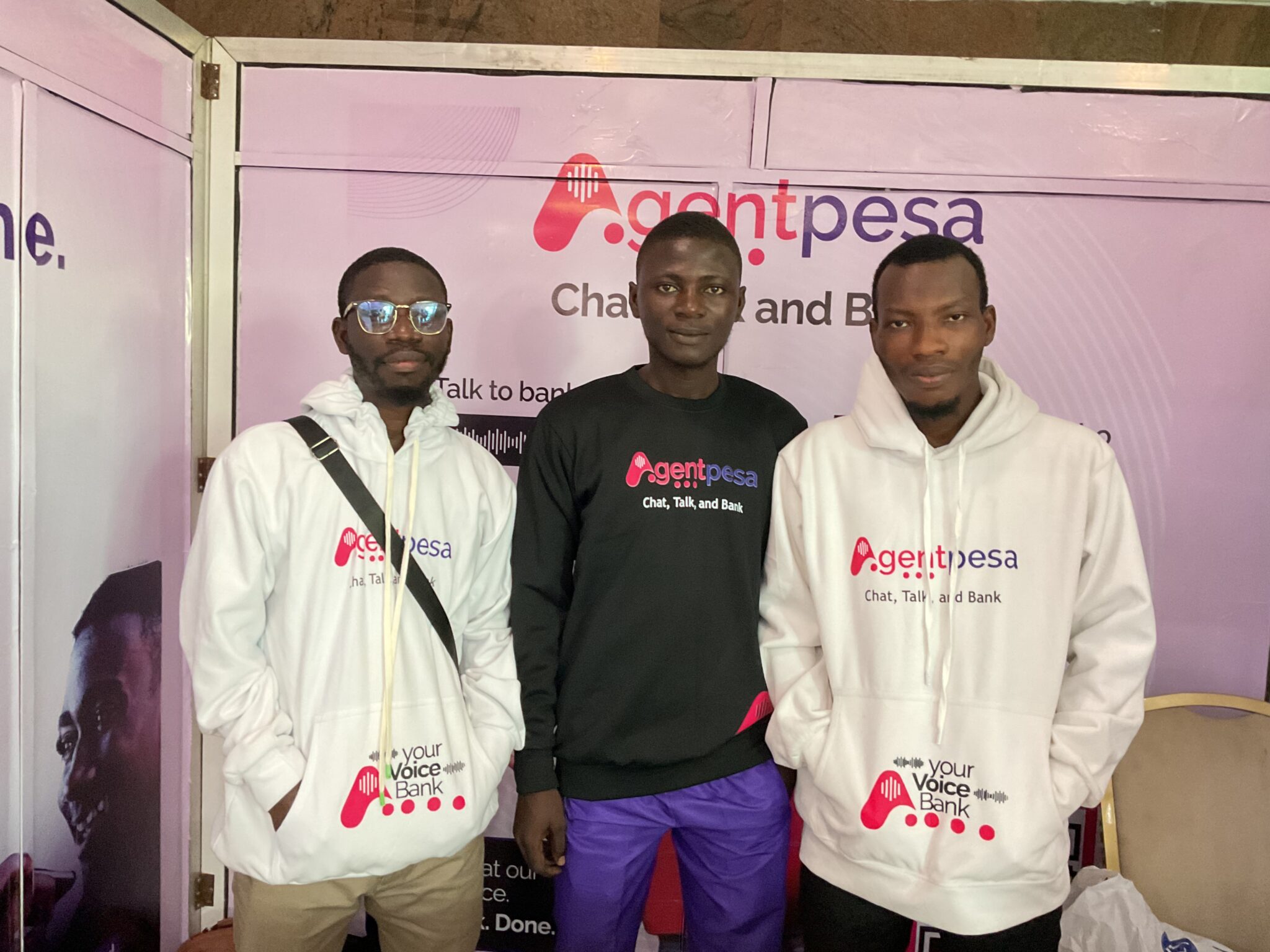
I’ve been using ChatGPT for a while now. It’s basically my go-to for writing help, brainstorming, and even figuring out what to eat for dinner. So when I started hearing people talk about Poe AI, I got curious. Another AI tool? What’s so special about it?
Turns out, Poe isn’t just one AI, it’s a whole platform where you can chat with different models, including ChatGPT, Claude, Gemini, and more. That alone made me want to try it and see what it offers that ChatGPT doesn’t.
So, I spent a few days testing both. I played around with features, tried out different bots, and paid attention to the little things that make a big difference. Here’s what I discovered.
What is Poe AI?
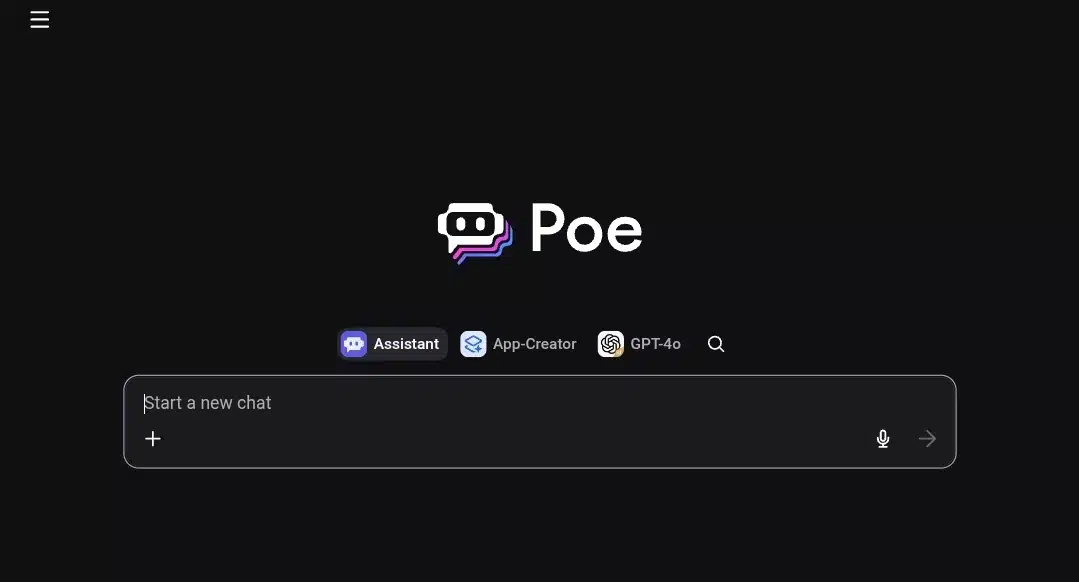
Poe is an AI chat platform developed by Quora, the popular Q&A site. The idea behind it is pretty straightforward: make it easy for anyone to access and chat with multiple AI models in one place. Instead of jumping from site to site or app to app, Poe brings different models under one roof, including ChatGPT, Claude, Gemini, Llama, and others.
Think of Poe as an AI aggregator. It doesn’t create its own model; it simply hosts the best ones available and gives you a fast, clean way to interact with them. That’s especially helpful if you want to compare how different AIs answer the same question or task.
One of the more interesting features is its custom bot system. Anyone can create a bot on Poe just by giving it a prompt or personality, and others can try it out. It’s very plug-and-play, and people love sharing their creations, whether it’s a productivity bot, a roleplay character, or a niche helper.
The interface itself is simple and mobile-friendly. It feels like chatting in a messaging app. You pick a bot, type your question, and it replies instantly. There are no tools or complicated add-ons; it’s lightweight by design. That makes it great for casual use, quick answers, or creative prompts.
What is ChatGPT?
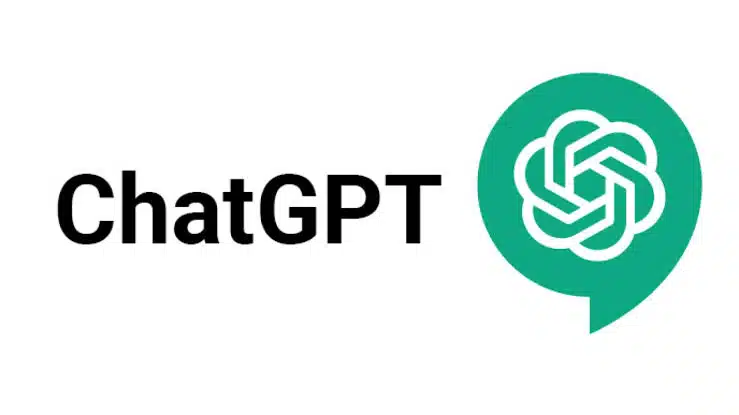
ChatGPT is an AI chatbot developed by OpenAI, designed to assist with a wide range of tasks such as writing, coding, researching, summarizing, learning, and general problem-solving. It runs on OpenAI’s language models—GPT-3.5 for free users, and GPT-4-turbo for paid users on the ChatGPT Plus plan.
Unlike Poe, which hosts several third-party models, ChatGPT provides direct access to OpenAI’s own models. It’s optimized for both casual and professional use, making it popular among students, writers, developers, and business users.
The Plus plan ($20/month) unlocks GPT-4-turbo, which also comes with extra features known as “tools.” These include:
- Python (code interpreter) for calculations, charts, and data analysis
- File uploads, allowing users to ask questions about documents
- DALL·E image generation, including editing capabilities
- Web browsing for up-to-date information
- Memory, which remembers your preferences over time (optional)
ChatGPT also supports Custom GPTs, which are AI bots built by users with custom instructions, files, or APIs. This gives users more control and personalization, especially for recurring tasks or niche uses.
The interface is web-based and mobile-friendly, with a simple chat layout. Everything happens in one place, no switching between models or tabs. It’s designed for people who want a reliable, all-in-one AI tool for productivity and creativity.
Key differences between Poe AI and ChatGPT
Both Poe and ChatGPT offer powerful AI experiences, but they’re built for different kinds of users. Below, I break down their key differences based on real-world usage:
1. Model access
Poe AI
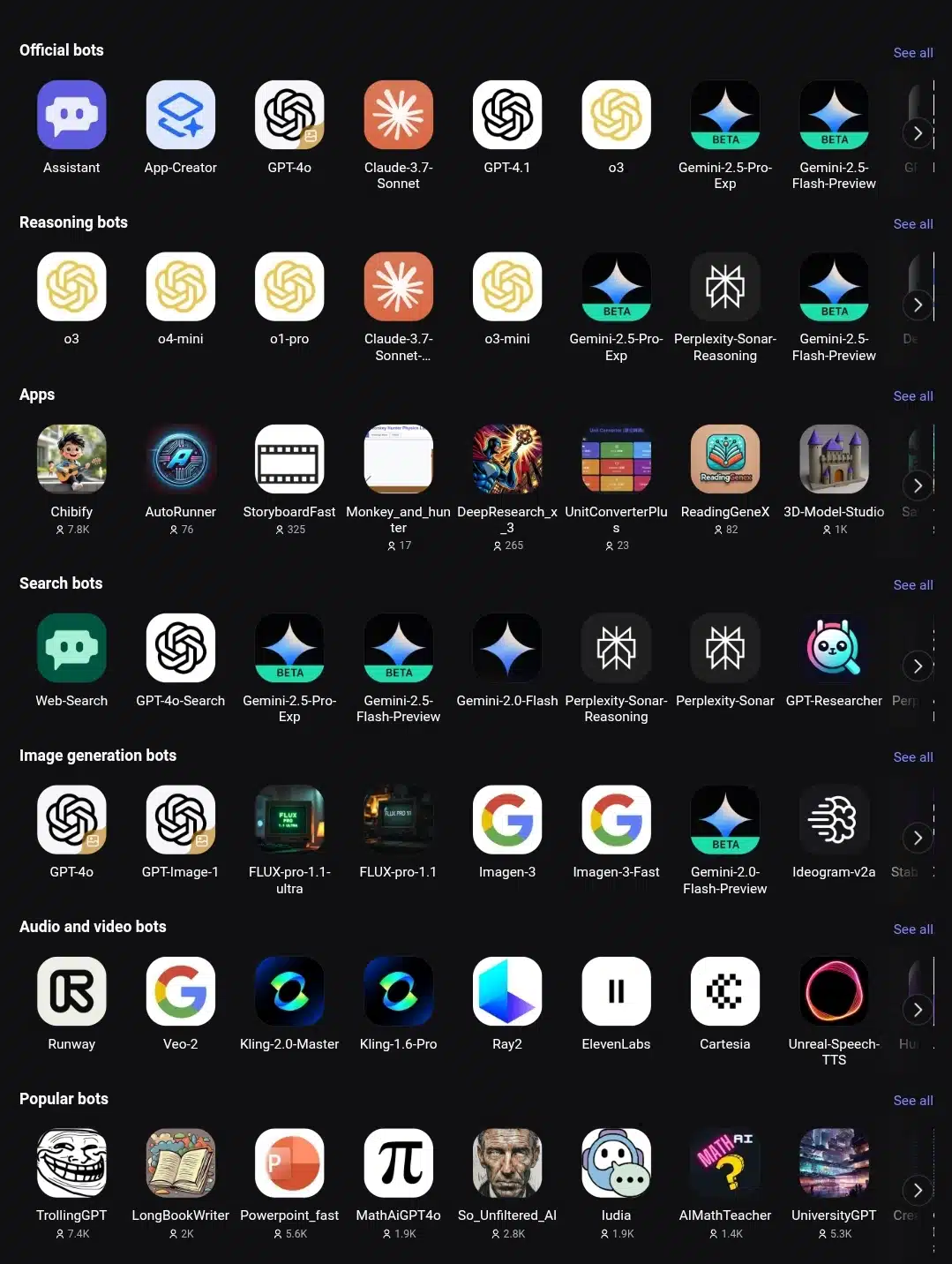
Poe stands out as an AI model aggregator. That means when you use Poe, you’re not limited to one AI—you can switch between models like GPT-3.5, GPT-4, Claude 3 Opus, Gemini, Llama, and countless others, all in one place. This is especially helpful if you’re curious to see how different models handle the same question. For example, if you’re writing a story prompt, you can compare Claude’s creativity against GPT-4’s structure, all without leaving the app.
The downside is you don’t get full control over the models themselves. You’re using them through Poe’s interface, not natively from the original providers.
ChatGPT
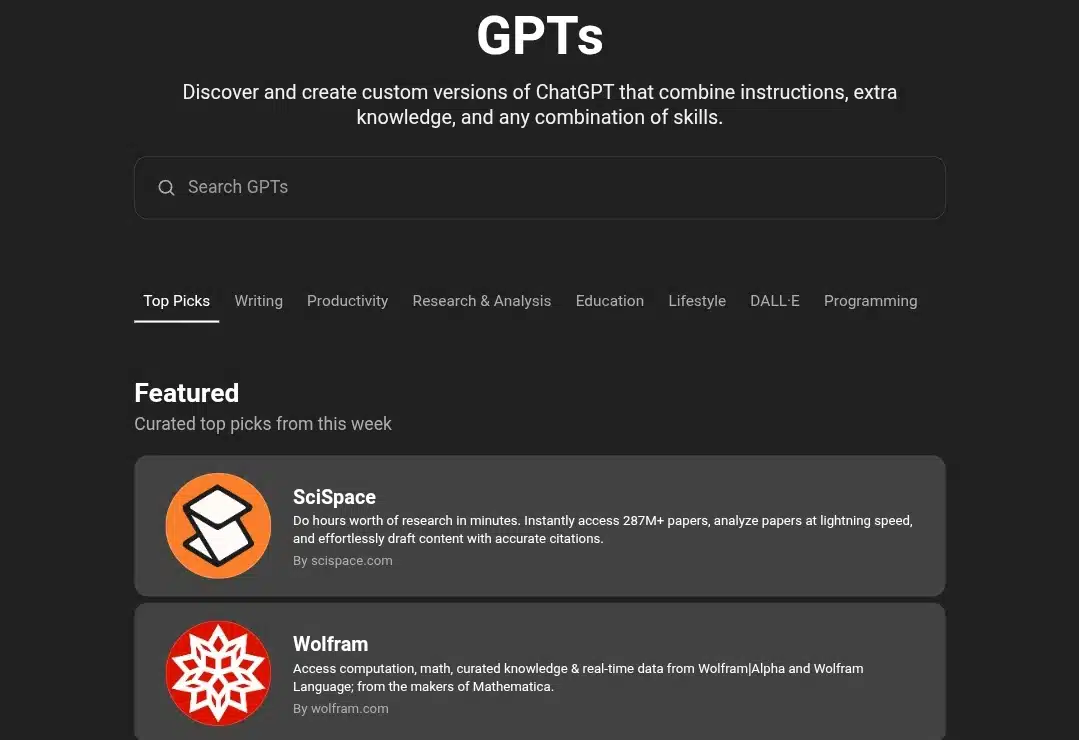
ChatGPT gives you direct access to OpenAI’s models only. Free users get GPT-3.5, and Plus subscribers get GPT-4-turbo—a faster and more cost-efficient version of GPT-4. While you can’t switch between Anthropic or Google models here, the upside is you get a more stable and deeply integrated experience with OpenAI’s tools and features, which aren’t available through Poe.
If you already know you prefer OpenAI’s responses and just want to make the most of that ecosystem, ChatGPT is more reliable.
2. Customization
Poe AI
Poe makes it super easy to create custom bots. You just type a prompt explaining how you want the bot to behave, like “act like a sarcastic movie critic” or “summarize long articles in bullet points” and that’s it. You get a shareable link, and others can try it out. It’s fun, fast, and more social.
But the customization stops at prompt-level changes. You can’t upload files or integrate APIs. It’s built more for casual or creative bot-making rather than productivity-focused assistants.
ChatGPT
ChatGPT’s Custom GPTs go way beyond that. You can adjust instructions, upload documents, include API calls, and even give your bot access to tools like Python or DALL·E. Think of it like building your own AI-powered app without coding.
This is incredibly useful if you want a bot to help with niche tasks like reading contracts, analyzing spreadsheets, or acting as a tutoring assistant with memory. Custom GPTs feel more like advanced digital helpers, while Poe bots are more like prompt-based toys or prototypes.
3. Tools & functionality
Poe AI
Poe is chat-only. What you see is what you get. There are no file uploads, no visual tools, and no way to run code or browse the web. That said, for everyday tasks, like asking quick questions, getting summaries, or testing creative prompts, it works fine and feels light. But if your needs go beyond surface-level chat, you’ll hit a limit quickly.
ChatGPT
This is where ChatGPT really stretches ahead. The Pro version (GPT-4-turbo) includes several tools that dramatically expand what the chatbot can do:
- Python (code interpreter): Analyze data, run math, or even generate charts
- File uploads: Ask the bot to summarize, explain, or analyze documents
- DALL·E: Generate and edit images
- Web browsing: Fetch up-to-date info when your query goes beyond training data
- Memory: ChatGPT can remember your preferences over time (optional)
So if you’re doing research, handling technical work, or managing content creation, ChatGPT becomes more of a digital assistant than just a chatbot.
4. Pricing & access
Poe AI Pricing
Poe is free to use for basic tasks, but some models come with limits unless you buy tokens. You may get limited access to GPT-4 or Claude 3 Opus unless you’re on a Poe Premium plan (currently around $19.99/month, similar to ChatGPT Plus). Also, Poe limits the number of high-tier model queries you can send per day even on free access. The flexibility is nice, but usage caps can be annoying if you’re relying on it for serious work.
ChatGPT Pricing

ChatGPT offers a very clear pricing structure:
- Free plan: Access to GPT-3.5
- Plus plan ($20/month): Full access to GPT-4-turbo and all tools
There are no model-switching perks like Poe, but everything is unlimited within the plan. If you’re focused on depth and daily reliability, ChatGPT’s pricing feels more stable.
5. User experience
Poe AI
Poe feels like a messaging app for AI. It’s clean, fast, and super easy to use, especially for people who want to bounce between different AIs and just chat casually. You don’t have to set anything up. You pick a bot, type a question, and go.
That said, if you’re doing a bigger project or something task-heavy (like building a business, writing a long-form piece, or studying), it may feel too basic.
ChatGPT
ChatGPT has a more structured experience, especially on desktop. You can create folders, access past chats easily, and even organize your Custom GPTs. The interface is still simple, but it’s clearly designed for productivity. Whether you’re drafting documents, troubleshooting code, or running data analysis, it holds up well to long sessions and more complex demands.
For serious work or repeat tasks, it’s just more efficient.
Use cases: When to use which
Both Poe and ChatGPT perform well in different scenarios. Depending on what you need, one might suit you better than the other:
When to use Poe
- If you want to compare answers from multiple AI models quickly: Poe’s biggest advantage is that you can easily switch between different AI models like GPT-4, Claude, and Gemini in one app. This is great for creative brainstorming or when you want to see varied perspectives on a topic without opening several tabs.
- If you prefer a lightweight, simple chat interface: Poe feels like texting a friend. If you’re after a casual experience or just want to test ideas quickly, it’s fast and hassle-free.
- If you enjoy experimenting with custom bots without complexity: Poe lets you create and share your own prompt-based bots easily. Perfect for fun, social sharing, or light productivity hacks.
- If you don’t need advanced tools or deep file analysis: Since Poe is chat-focused without extra tools, it works well for general questions, casual writing help, or quick research.
When to Use ChatGPT
- If you want deep, reliable access to OpenAI’s models: For the most polished GPT-4 experience with ongoing updates, ChatGPT is the go-to. Especially if you subscribe to Plus, you get GPT-4-turbo and stable performance.
- If you need powerful built-in tools: The Python code interpreter, file uploads, DALL·E image generation, and web browsing capabilities make ChatGPT ideal for tasks like data analysis, document summarization, image creation, and real-time fact-checking.
- If you’re working on serious projects or professional tasks: Writers, developers, students, and researchers benefit from ChatGPT’s organized interface, memory features, and custom GPT options that help automate workflows.
- If you want predictable pricing and unlimited usage within a plan: ChatGPT’s straightforward $20/month Plus subscription unlocks everything without confusing usage limits, which matters if you rely on AI daily.
Summary – Poe AI vs ChatGPT
| Feature | Poe AI | ChatGPT |
| Model Access | Multiple AI models (GPT-3.5, GPT-4, Claude, Gemini, etc.) in one place | Exclusive access to OpenAI models (GPT-3.5, GPT-4-turbo) |
| Customization | Custom bots via simple prompt setup and shareable links | Custom GPTs with advanced features: APIs, file uploads, tool integrations |
| Tools & Functionality | Chat-focused only, no code, file uploads, or image generation | Advanced tools: Python coding, file uploads, DALL·E image generation, web browsing |
| Pricing & Access | Free and paid tiers depending on model access, with usage limits on premium models | Free GPT-3.5; $20/month for GPT-4-turbo with tools, unlimited within plan |
| User Experience | Lightweight, quick, simple for casual use and model comparison | Robust and organized workspace designed for productivity and complex tasks |
| Best For | Casual users, AI model comparison, simple custom bots | Professionals, developers, content creators, researchers needing advanced tools |
Final verdict: which one is better?
Choosing between Poe AI and ChatGPT depends on what you need. Poe is great if you want to try out multiple AI models quickly and enjoy a simple, chat-focused experience. It’s perfect for casual users who like exploring different AI responses or creating easy custom bots.
ChatGPT, however, is better if you need advanced tools and more powerful features like coding, file uploads, or image generation. It’s designed for users who want a reliable, all-in-one AI workspace for serious projects and productivity.
In the end, Poe works well for casual use and variety, while ChatGPT shines with depth and functionality. Your choice should match what you want from your AI experience.
Wrapping up
Both Poe AI and ChatGPT show how AI is becoming part of our daily routines in exciting ways. I’ve found that trying out both platforms helped me understand which fits my needs better, whether it’s quick, casual chats or deeper, more powerful tools.
If you’re curious like me, I encourage you to give both a shot and decide based on what you want to achieve. That way, you’ll find the AI that works best for you.

